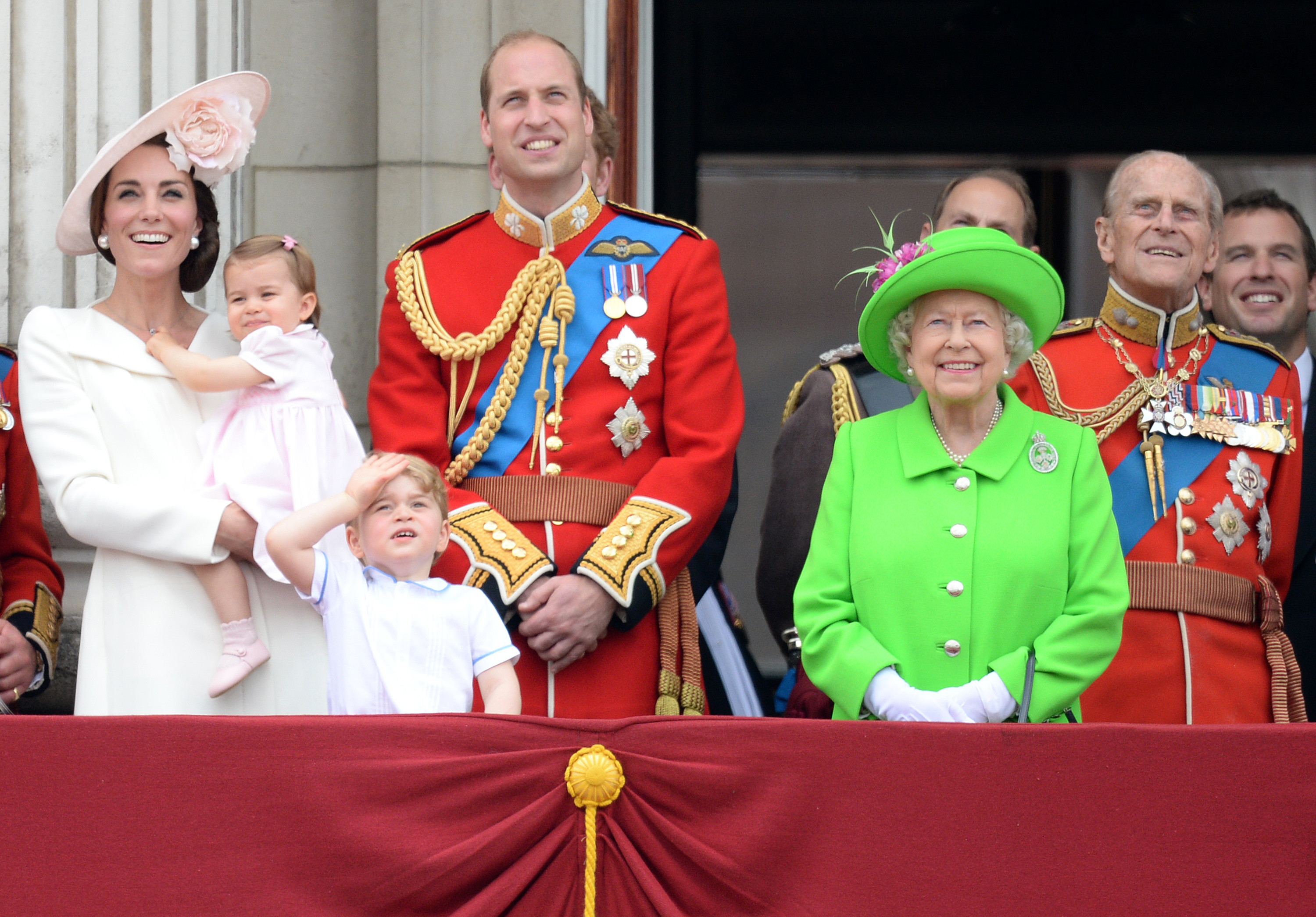When Meghan Markle married Prince Harry at St. George’s Chapel in 2018, the question of surnames might have crossed some minds. Could she have become Meghan Mountbatten-Windsor? While technically possible, the reality is that royal family members are globally recognized, often by their first names alone. Think of the Duchess of Sussex, or Catherine, Princess of Wales – last names rarely come into play in common parlance.
Much like her sister-in-law, Catherine, often known by her maiden name Kate Middleton, Meghan Markle’s transition into the royal family primarily involved adopting a title. Upon her marriage to Prince Harry, she became the Duchess of Sussex, adding to her public identity rather than fundamentally changing her name.
However, the announcement of their son Archie’s name brought the royal surname into the spotlight. Archie Harrison Mountbatten-Windsor – a clear indication that the royal family does indeed have a last name, even if it’s not always front and center. Currently, Archie holds no royal title, making his surname more relevant in his formal designation.
Decoding the Royal Family’s Naming Practice
The seemingly complex naming conventions of the Royal Family are rooted in a rather straightforward principle: global recognition. For most royals, a last name is simply redundant. As the official royal website states, “Members of the Royal Family can be known both by the name of the Royal house, and by a surname, which are not always the same. And often they do not use a surname at all.”
 Trooping The Colour 2016
Trooping The Colour 2016
The British Royal Family on the balcony of Buckingham Palace during the Trooping the Colour ceremony in London, celebrating Queen Elizabeth II’s official 90th birthday, June 2016.
This explains why Prince Harry could formally be Henry Charles Albert David Mountbatten-Windsor, and Meghan could have become Rachel Meghan Mountbatten-Windsor upon marriage. Yet, in everyday use, these surnames are almost entirely omitted. It’s primarily for royal family members without titles that last names become more pertinent.
Royal family members can also adopt a surname derived from their royal titles. Princes William and Harry, for instance, were known as William Wales and Harry Wales during their school and military years, surnames taken from their father, Prince Charles’s, title as the Prince of Wales. Similarly, Prince George has used Cambridge as his surname at school, reflecting his father Prince William’s title, the Duke of Cambridge.
In essence, when addressing a member of the royal family, sticking to first names and titles is invariably the most appropriate and respectful approach.
Queen Elizabeth II’s Last Name: Windsor
Queen Elizabeth II, born Princess Elizabeth Alexandra Mary Windsor, was the daughter of the Duke and Duchess of York (later King George VI and Queen Elizabeth The Queen Mother). Born on April 21, 1926, she was third in line to the throne until her uncle, Edward VIII, abdicated in 1936, making her father King and herself the heir presumptive.
Princess Elizabeth was born into the House of Windsor. Therefore, if a last name was strictly necessary, hers would indeed be Windsor.
The Historical Shift to Windsor
While Queen Elizabeth II was born with the surname Windsor, this wasn’t always the family name. The adoption of Windsor as the royal family name is a relatively modern development, dating back to 1917. In that year, King George V, Queen Elizabeth II’s grandfather, made a pivotal decision. Amidst the First World War and rising anti-German sentiment, he chose to change the name of the royal house from Saxe-Coburg-Gotha to Windsor. Furthermore, Windsor was declared the official surname for the British Royal Family moving forward.
Prior to 1917, British royals were primarily identified by their first name and the house or dynasty to which they belonged. Examples include Queen Victoria of the House of Hanover and the Tudors before them.
Following her marriage to Lieutenant Philip Mountbatten (later Prince Philip, Duke of Edinburgh) in 1947, and her ascension to the throne in 1952, Queen Elizabeth II made a subtle but significant amendment to her grandfather’s decree. To honor her husband, she declared that her descendants in the male line would carry the hyphenated surname Mountbatten-Windsor when a surname was required.
 Royal Couple
Royal Couple
Princess Elizabeth and Philip Mountbatten wave from the balcony of Buckingham Palace following their wedding at Westminster Abbey, November 20, 1947.
Today, Windsor remains the family name of the British Royal Family. However, for descendants of Queen Elizabeth II through the male line who require a surname, Mountbatten-Windsor is used. This hyphenated surname represents both the historic royal house name and the surname of Queen Elizabeth II’s husband, Prince Philip.
The official royal website clarifies this further: “It was therefore declared in the Privy Council that The Queen’s descendants, other than those with the style of Royal Highness and the title of Prince/Princess, or female descendants who marry, would carry the name of Mountbatten-Windsor.”
In conclusion, while “Windsor” is the family’s house name and the root of their surname, “Mountbatten-Windsor” serves as the specific surname for Queen Elizabeth II’s male-line descendants when a last name is needed. However, for most members of the Royal Family, their titles and first names remain their primary identifiers in the eyes of the world.
